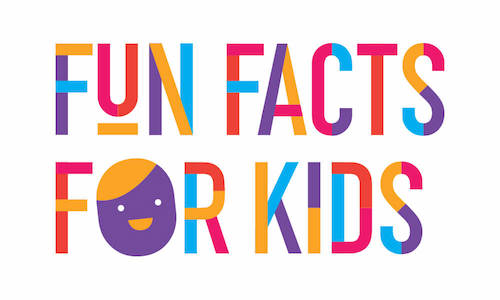Dinosaurs are arguably the world’s coolest prehistoric creatures. They roamed the earth millions of years before humans even existed. If you’re looking for information about dinosaurs for a school project, or just here for fun, you’re in the right place. Read on to find fun facts about these creatures, everything ranging from what they ate to fun facts about the T-rex!
What are Dinosaurs?
Dinosaurs are a very diverse group of reptiles of the clade Dinosauria. They first appeared on earth during the Triassic period, between 243 to 233 million years ago. They were the dominant animals on Earth for more than 150 million years. They became extinct around 66 million years ago, when an asteroid hit the earth.
This event is known as the Cretaceous-Tertiary extinction event. Scientists have developed multiple theories on what actually killed the dinosaurs off. They range from climate change to small mammals eating dinosaur eggs which stopped them from reproducing, a great plague, to their bodies becoming too big for their brains. There are many animals alive now that are believed to have originated from dinosaurs. This includes animals such as lizards, turtles, snakes, crocodiles, and even chickens!
Where did Dinosaurs live?
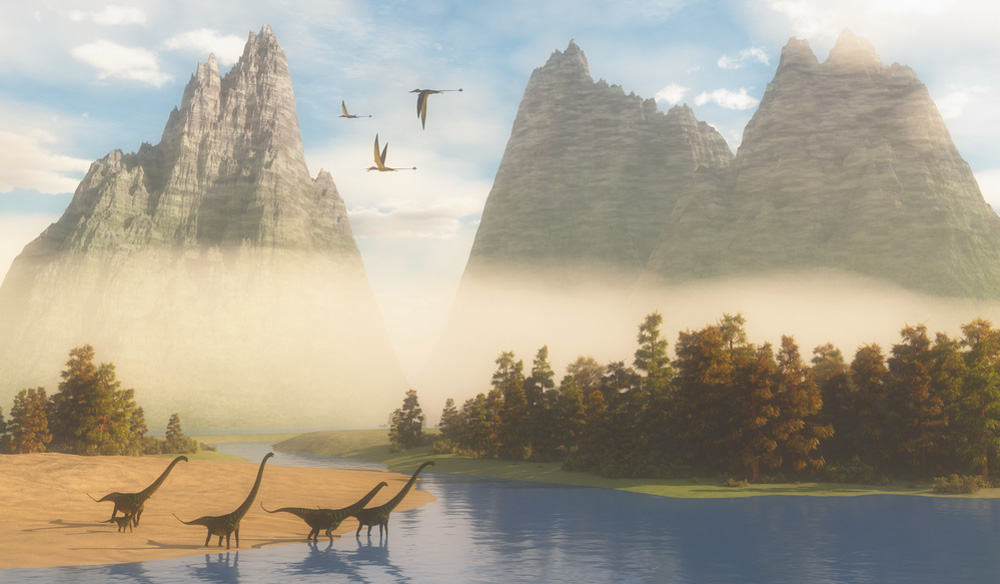
Dinosaurs were spread out and lived across all continents. This is known as dinosaur fossils have been found on all 7 continents, including Antarctica. At the beginning of the Triassic period were arranged together as a single massive continent called Pangea. Pangea slowly broke apart due to tectonic movements, forming the 7 continents we are now familiar with.
It is believed that dinosaurs first existed in what is now South America, before trekking and spreading out across the land. Majority of dinosaur fossils have been found high in the desserts and Badlands of North America, China, and Argentina.
What did Dinosaurs eat?
There were both carnivorous and herbivorous species of dinosaurs. Carnivorous dinosaurs, which required protein from meat in order to survive, hunted animals such as lizards, turtles, eggs, or early mammals. Herbivorous dinosaurs only ate plants, as grass had not yet evolved. Herbivorous dinosaurs sometimes had to consume as much as a ton of plants per day. This would equate to an entire bus full of vegetation per day.
Click here to find some cool dinosaur plushies!
Baby Dinosaurs
Dinosaur babies are called hatchlings. This is because dinosaurs, like most reptile species, hatch from eggs rather than live birth. The incubation period was between 3 to 6 months. Dinosaur eggs are thought to have been around 2 feet or less in diameter, and the shape of the egg was more symmetrical than that of a modern bird. The babies that hatched from the eggs were generally 3 feet long, the same size as a modern adult goose. Dinosaur hatchlings had short sharp teeth, and most likely started out by eating miniscule insects.
15 Fun Facts about Dinosaurs
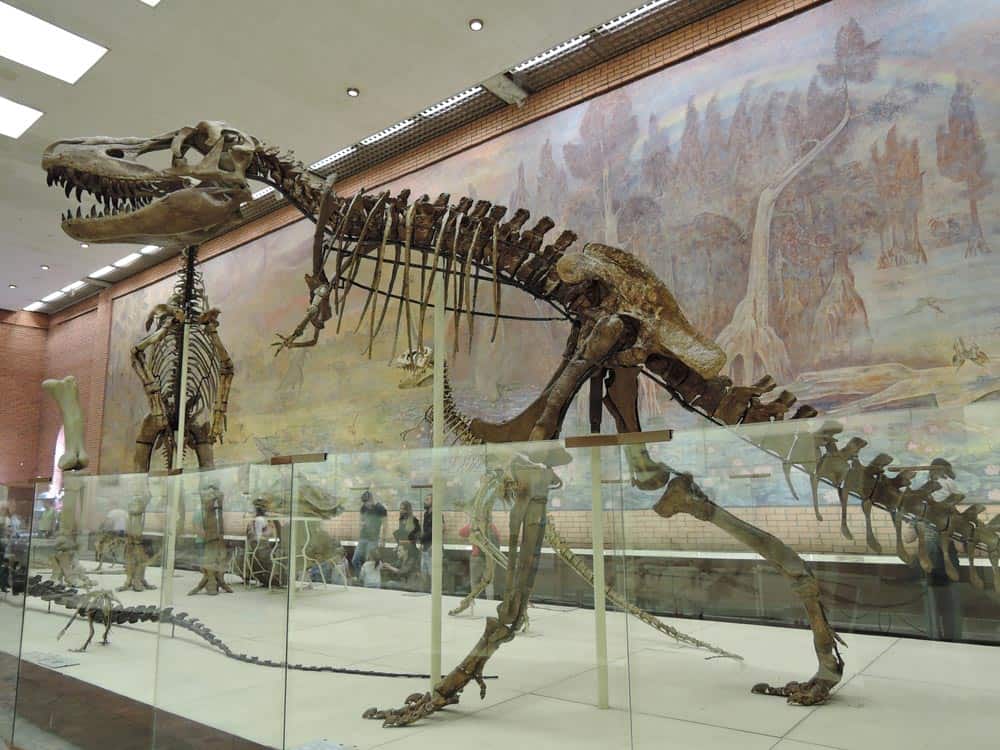
- Palaeontologists are people that search for dinosaur fossils.
- The word dinosaur came from English palaeontologist Richard Owen, in 1842. ‘Dino’ originates from the Greek word ‘deinos’ meaning terrible. ‘Saurus’ originates from the Greek word ‘sauros’ which means lizard.
- The first American dinosaur was discovered in the marl pits in Haddonfield, New Jersey, in 1858.
- A newborn human baby has a bigger brain than most adult dinosaurs had.
- The longest dinosaur name was Micropachycephalosaurus, which means ‘small thick-headed lizard’. This species was found in China around 84 to 71 million years ago.
- Humans have been on earth for 2.5 million years, 64 times less than the amount of time dinosaurs spent on earth, which is about 160 million years.
- Some dinosaurs had tails that were more than 45 feet in length. Long tails helped dinosaurs keep their balance whilst running.
- The Eoraptor is the earliest named dinosaur found so far. It’s name means ‘dawn stealer’, and it was named so because it lived at the dawn of the dinosaur age.
- The first dinosaurs that appeared at the start of the dinosaur age, during the Triassic period were small and lightweight. Larger dinosaurs appeared later on, during the Jurassic and Cretaceous periods.
- There have been around 40 different types of dinosaur eggs discovered.
- Some dinosaurs were able to run on two legs. They were called bipeds.
- Herbivore dinosaurs often lived together in herds for protection. These herds ranged in size from just a few adult dinosaurs and their offspring to thousands of dinosaurs.
- Scientists have not yet been able to discover how long a dinosaur’s lifespan was. However, there is speculation that some species could live for up to 200 years.
- The first dinosaur nest was found in the Gobi Desert of Mongolia by explorer Roy Chapman Andrews in 1923. Before this discovery, scientists were unsure of how babies were born.
- The blue whale is bigger than any dinosaur to have ever existed, at 108 feet.
Check out these awesome dinosaur shirts – click here!
Dinosaur Species
There were more than 700 different species of dinosaurs. Some were gigantic, some were tiny. There were herbivores, omnivores, and carnivores. Some could fly. Some had tiny arms. Below is a list of some of the most well known and recognised dinosaur breeds, as well as some of their distinct characteristics.
Tyrannosaurus Rex
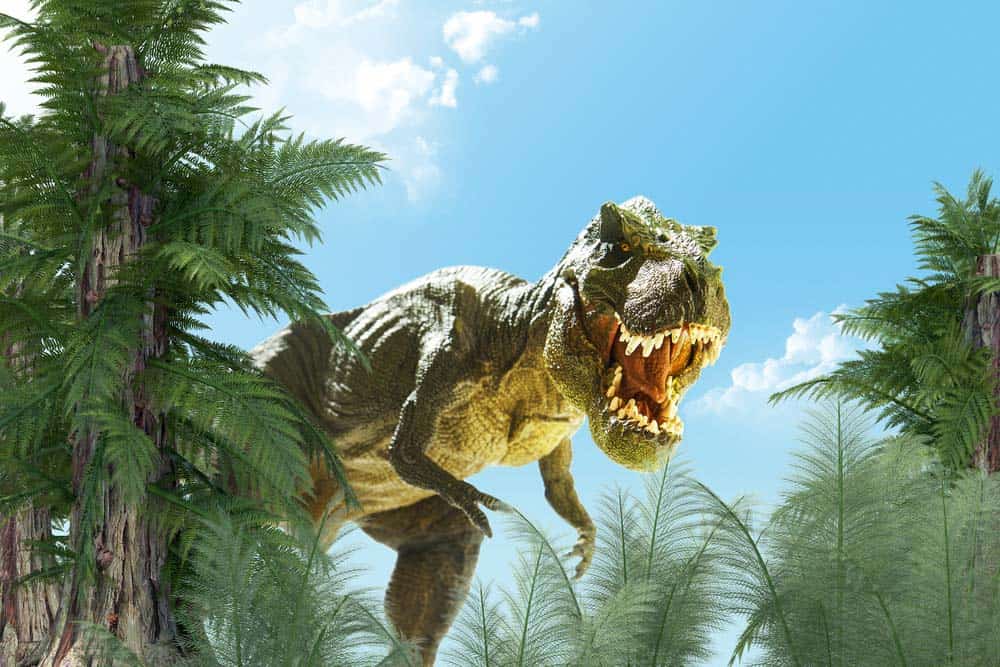
- Tyrannosaurus Rex, also commonly known as T-rex, means ‘king of the tyrant lizards’.
- This dinosaur was a carnivore.
- The T-Rex is believed to have had the strongest bite out of any animal on earth to ever exist. Their bite was more than twice as powerful as a lion’s bite.
- This dinosaur is about the size of a school bus, stretching as long as 40 feet.
- The T-rex weighed around 80 pounds.
- Despite their large size, the T-rex’s arms were no longer than an adult human’s arms.
- The T-rex had powerful back legs, allowing it to run as fast as 32 km/h, which was useful when hunting prey.
Argentinosaurus
- The Argentinosaurus was named in 1993, and its name means ‘Argentine lizard’
- The Argentinosaurus was one of the biggest dinosaurs. It stood at around 8 metres tall and 37 metres long, weighing up to 100 tonnes (the same as around 15 elephants!).
- This dinosaur had abnormally small teeth.
- The Argentinosaurus is thought to have bee the biggest herbivorous species of dinosaur.
- This dinosaur had a long neck, small head, and long tail.
Spinosaurus
- The Spinosaurus stands for ‘spined reptile’, referring to the massive, 7-foot-long sail on its back.
- The Spinosaurus was the largest carnivorous dinosaur on earth. It was 60 feet in length and weighed 9.9 tons- the same as 3 modern elephants!
- The Spinosaurus had a relatively large brain size, which means it was likely that they were intelligent predators.
- Most carnivorous dinosaurs had sharp curved teethed in order to help with hunting, but the Spinosaurus had straight teeth. Their mouth is said to be similar to that of a crocodile.
- They are believed to have lived in mangrove swamps, therefore it is likely that the Spinosaurus was able to swim.
- Their diet consisted of fish and smaller dinosaurs.
Velociraptor
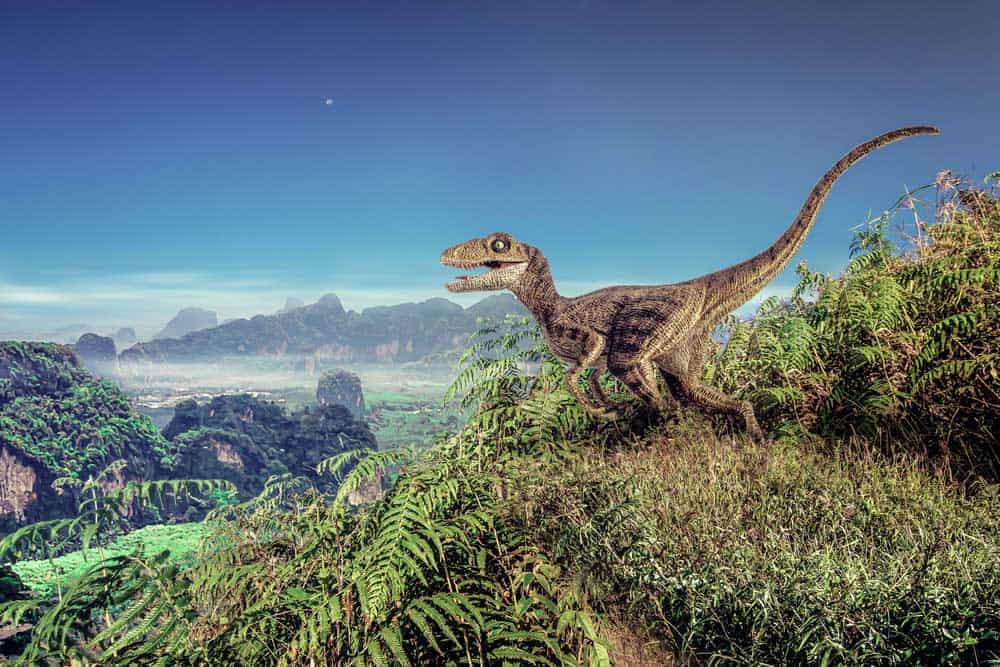
- ‘Velociraptor’ means speedy thief.
- The Velociraptor had powerful back legs and long claws that they used when attacking prey. They were carnivorous dinosaurs and would hunt prey in packs. Their prey likely consisted of reptiles, amphibians, insects, small dinosaurs, and mammals.
- There is evidence that this dinosaur was a feathered animal. It is thought that an ancestor of the Velociraptor lost its wings and ability to fly but retained its feathers.
- The Velociraptor was small and agile, being 6 feet in length and weighing only 55 pounds.
- The first Velociraptor skeleton was found in the Gobi Desert.
Brontosaurus
- The Brontosaurus was discovered in 1879 in Wyoming, and its name means ‘thunder lizard’.
- It is believed that this dinosaur had a lifespan of up to 100 years.
- The Brontosaurus had a length of 72 feet and weighed up to 17 tons.
- The nostrils of the Brontosaurus were located on the top of its head. This dinosaur had a small head, long neck and tail, and a large body.
- There is yet to be a Brontosaurus skull discovered, however scientists are able to predict what it would look like.
- This dinosaur was a herbivore. Their long neck allowed them to reach and forage through trees and leaves.
- The Brontosaurus had the smallest brain of any dinosaur. It was also the longest.
Troodon
- Troodon means ‘tooth that wounds’. For decades, this dinosaur was known as Stenonychosaurus.
- The Troodon is believed to have been the smartest dinosaur. Its brain was the size of a modern bird or mammal.
- This dinosaur ate both plants and meat, making it an omnivore.
- The Troodon laid 16-24 eggs at a time.
Fun Facts for kids about Dinosaurs
We hope that you found this collection of fun facts about dinosaurs useful and informative. Dinosaurs are definitely the coolest prehistoric creatures there are. Check out more fun facts about animals below!
Animal facts for kids
- Giant Panda Bear Facts for Kids
- Ant Facts for Kids
- Crocodile Facts for Kids
- Dolphin Facts for Kids
- Echidna Facts for Kids
- Bee Facts for Kids
- Australia’s Deadliest Animals Facts for Kids
- Cheetah Facts for Kids
- Endangered Animals Facts for Kids
- Kangaroo Facts for Kids
- Possum Facts for Kids
- Quokka Facts for Kids
- Koala Facts for Kids
- Dog Facts for Kids
- Cat Facts for Kids
- Butterflies Facts for Kids
- Dingo Facts for Kids
- Turtle Facts for Kids
- Penguin Facts for Kids
- Whale Facts for Kids
- Wolf Facts for Kids
